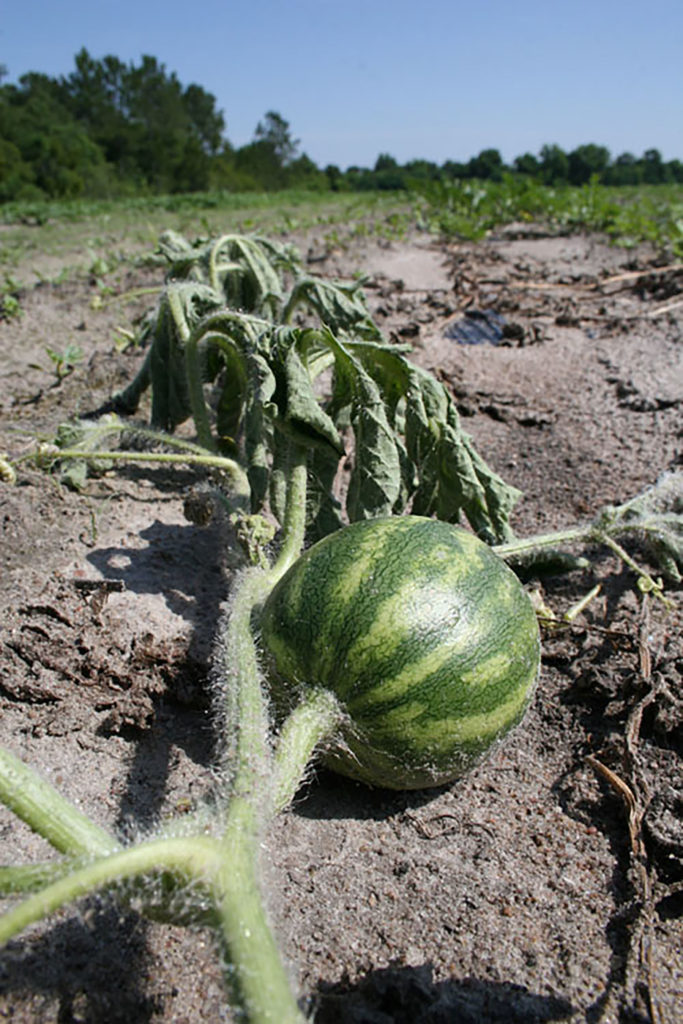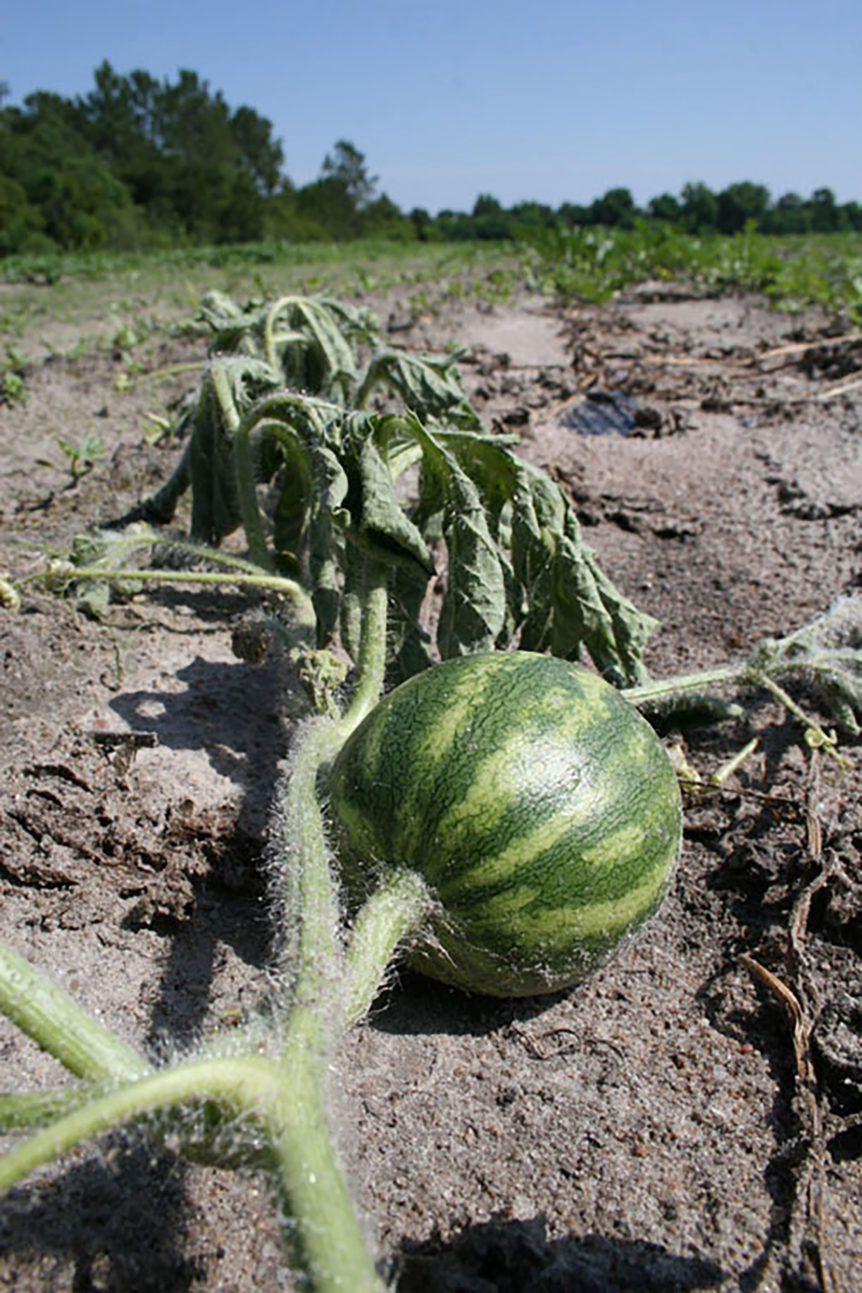By Clint Thompson
Grafted watermelon plants remain a significant defense against fusarium wilt disease. They are just costly and cause a delay in harvests, says Bob Hochmuth, University of Florida Institute of Food and Agricultural Sciences (UF/IFAS) Regional Specialized Extension agent in Live Oak, Florida.

“It does appear that properly managed grafted watermelons can be very helpful in managing fusarium wilt in highly infested fields. The challenge has been, however, it does appear to delay the first harvests a little bit. There’s a tradeoff there that’s not preferred, but I’m not sure there’s a very good option,” Hochmuth said.
“These fields where they know they’re going to have problems with fusarium; grafted watermelons are very expensive, and they tend to delay the first harvest a little bit. That’s going to be the tradeoff consideration in making a decision for grafting in the future.”
Impact This Season
Hochmuth estimated between 8 and 10 growers utilized grafted watermelons this past season on approximately 400 to 500 acres. Growers who are challenged with fields heavily infested with the disease must consider alternatives since fungicides are limited.

“The chemical options are very, very expensive and not very effective; not effective enough. In terms of what to do, it’s either don’t plant that field or consider grafted watermelons,” Hochmuth said. ““In a couple of cases, grafted watermelons were put to the true test on fields that in the past had been devastated by fusarium five or six years ago, and in terms of controlling fusarium, the plants performed exceptionally well against fusarium.”
Hochmuth said the area between Levy County and Gilchrist County is where much of the fusarium wilt disease is concentrated.
Fusarium wilt symptoms can appear at any growth stage. If they appear at the seedling stage, the plants will not even make it to vines. Plants infected with the fusarium wilt pathogen will eventually die if the infection is severe. The plant can produce fruit if the infection is weak, but when it begins using the energy necessary to produce fruit, the plant will likely decline and slowly die.










